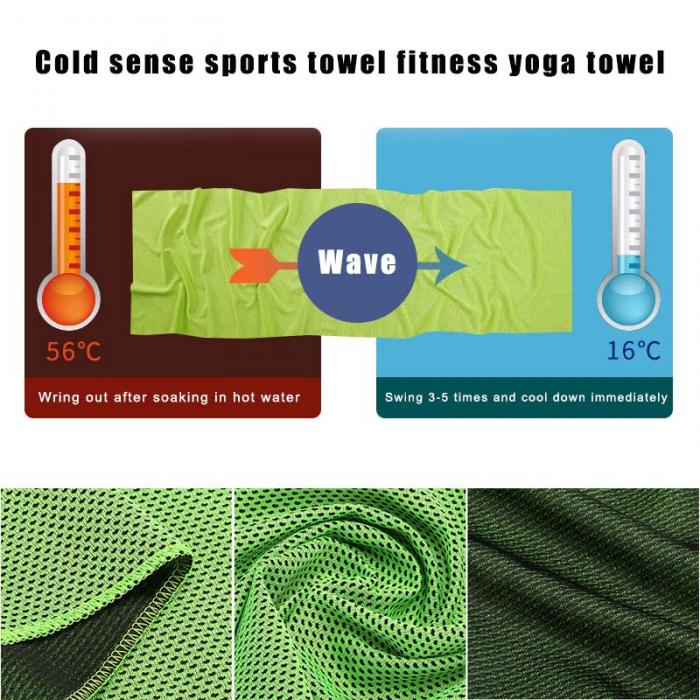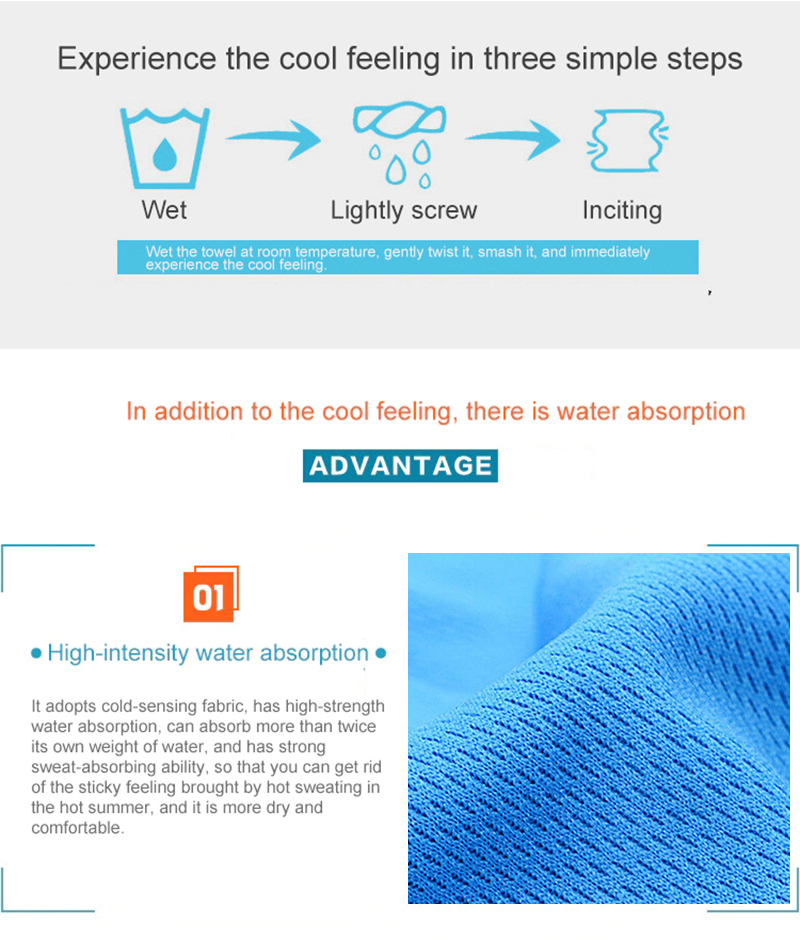Title: Using a Towel for Physical Cooling: A Guide to Effective First Aid
This guide provides first aid instructions on how to use a towel for physical cooling. It explains the importance of cooling the body during a heatstroke or other heat-related illness and demonstrates the most effective ways to apply a towel for cooling purposes. The guide also discusses the safety measures that should be taken when using a towel for first aid and provides tips on how to make the most of this simple yet effective first aid technique.
In the realm of first aid, the use of a towel for physical cooling is a highly effective method that can help reduce fever, alleviate discomfort, and promote healing. This guide will explore the science behind towel cooling, the different methods of application, and the necessary precautions to take when using this technique.
Firstly, understanding the concept of 'specific heat capacity' is fundamental. This refers to the amount of heat that a substance can absorb or release when its temperature changes. Water, for instance, has a high specific heat capacity, which explains why it feels cooler when it evaporates from our skin.

Towel cooling takes advantage of this phenomenon. When water evaporates from a towel, it absorbs heat from the body, effectively cooling the person down. This is particularly useful in cases of fever or heatstroke, as it can help lower the body temperature without the need for medication.
There are several ways to apply towel cooling. The most common method involves soaking the towel in water and then wringing it out before applying it to the forehead or neck. Alternatively, you can use a damp towel to wipe the skin, concentrating on areas such as the wrists, ankles, and armpits. These areas have a high concentration of blood vessels, allowing heat to be absorbed more effectively.
However, it's essential to exercise caution when using towel cooling. Firstly, avoid using very cold water, as this can cause a shock to the system. Additionally, if the person being cooled is unconscious or unable to communicate, it's best to check their body temperature periodically to ensure it's not dropping too low.
Another crucial precaution is to keep the towel clean and free of debris, as this can prevent heat transfer and may even introduce infection. For this reason, it's recommended to use a fresh towel for each application, or at least wash and dry the towel thoroughly between uses.

In conclusion, towel cooling is a highly effective first aid technique that can be used to treat fever, reduce discomfort, and promote healing. It works by utilizing the specific heat capacity of water to absorb heat from the body. There are several application methods, including using a soaked towel on the forehead or neck, or wiping sensitive areas with a damp towel.
However, it's essential to exercise caution when using this technique, particularly in cases where the person may be unconscious or unable to communicate. Additionally, it's important to keep the towel clean and free of debris to ensure effective heat transfer and avoid infection.
By following these guidelines, you can ensure that you are able to use towel cooling as an effective first aid measure when needed, providing comfort and support to those in need of assistance.
Articles related to the knowledge points of this article:
The Benefits of a Good Down Jacket
Title: Mastering the Art of Tying a Tie in Three Easy Steps
Title: Mastering the Art of Wearing Silk Scarfs: A Comprehensive Guide



